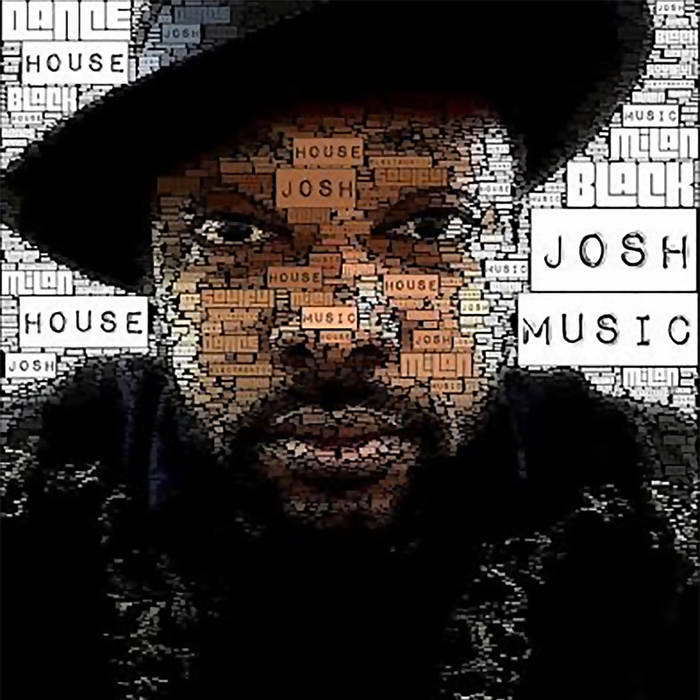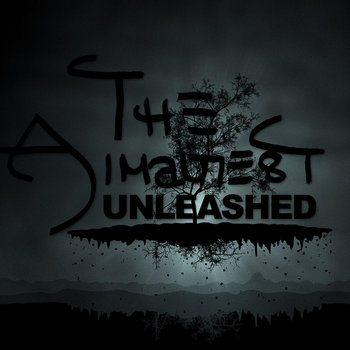
Written by Adam Ozimek — Technology has rocked creative industries over the last 20 years. Newspapers have been one victim, but perhaps none has seen more change than the music industry. Digitization and filesharing weakened copyright and made it much easier to get free music, and as a result music revenues fell by 70% from from 1999 to 2012. However, this does not mean all big technological changes will have this result. In fact, there is good reason to to think that the coming virtual reality revolution will be great news for content creators.
One big challenge of digitization for musicians is that it weakens copyright enforcement. But this was not inherent to digitization. Instead I would pin this on the fact that consumers could digitize CDs themselves, and this helped expand and strengthen the culture of music sharing that started with cassette tape mixes. Technology and culture moved faster than the industry could, and consumers expectations and preferences for the ability to share crystallized. This made DRM and other technological fixes something consumers strongly disliked. Once the sharing expectation was out of the box, it was hard to put back in.
Another challenge is that it lowered to cost of creating music and other creative content. For amateurs and those who wanted to make creative content for free, this was a huge boon. This was of course a win for consumers as well. But for professionals, this lowered the barriers to entry and made creating content much more competitive and less profitable.
The good news for creators is that in the next few years -and probably starting for real in the first half of 2016- the virtual reality revolution will begin. This will greatly reshape the way we consume content and will give creative industries another chance to get it right in making content creation more profitable.
For creators, this revolution will have a few advantages compared to the previous one. Digitization didn’t really change the underlying content: music as experienced by listeners was the same- it just made it cheaper share and create, and more convenient to use. Virtual reality content in contrast will be more expensive to create because it requires adding another dimension of information. For some time at least, these higher costs of production will help protect professional creators from an army of amateurs giving away content for free.
This is also an advantage because it means that consumers won’t be creating their own content and sharing it in ways that form expectations around the freedom and ownership of content we purchase. With virtual reality content, there is no equivalent to ripping cds and creating mixes. Professional content creators will be the first ones to bring stuff to consumers, which means they can have a first crack at deciding how ownership and shareability will work. Perhaps this time creators will be able to lead consumers to accept from the start that they don’t really “own” the content they purchase.
Take, for example, virtual reality concerts. This is a new experience that consumers don’t have any expectations about ownership of. Perhaps they won’t mind that these concerts expire after 24 hours and definitely can’t be shared. Shareability limits might be as strict as the VR headset scanning retinas and requiring everyone who watches the VR concert purchase their own ticket. This example will be especially important to musicians, as concerts have increased in economic importance as music sales revenues have declined. VR will allow creators to increase production of what has been a much more profitable product for them.
FInally, it’s worth noting some of the downsides of this for welfare purposes. Stronger copyright is economically desirable so long as it increases economic welfare, which it doesn’t necessarily do. While the decline in revenues to the music industry weren’t good for creators, it was good for consumers, as Joel Waldfogel has argued that quality and quantity of music produced hasn’t declined.
For good or for ill, the VR revolution will strengthen content creators position relative to consumers for the first time in decades. What’s more, the augmented reality revolution will be right behind it. And everything I’ve said here about virtual reality will probably be even more true for augmented reality content, which will seemingly be more expensive to create and an even more novel experience for consumers.
Click here to read from this article's source.












































